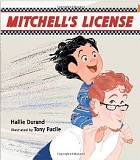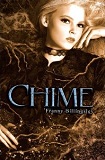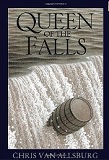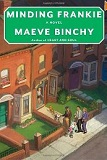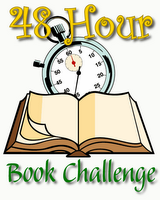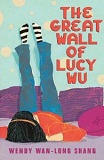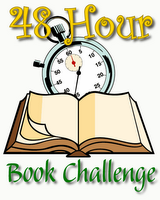Review of Mitchell’s License, by Hallie Durand and Tony Fucile
by Hallie Durand
illustrated by Tony Fucile
Candlewick Press, 2011. 40 pages.
Starred Review
Here is an absolutely perfect choice for Father’s Day for fathers of small children. How I wish the creators had written it about 15 years earlier when my son was small and nuts about anything related to cars. Now I will have to settle for reading it in storytime, but what this book really needs is a father ready to act it out. Big thanks to Twenty By Jenny for bringing this book to my attention.
The book begins telling us about a typical three-year-old, but then a twist is added that creates all the fun:
“Mitchell never ever EVER wanted to go to bed. Until his dad finally said he could drive there.
“Mitchell was three years, nine months, and five days old when he got his license.”
The picture there shows Mitchell proudly holding his “Remote-Control Dad Driver’s License.”
Mitchell drives Dad as so many children do — sitting on his shoulders and steering with the ears. They have a whole lot of fun with it, with Mitchell inspecting the tires, checking the engine, and cleaning the windshield first. There’s a delightful surprise when Mitchell starts out by driving his car right into a wall!
“The next night, Mitchell remembered to stop and look both ways.
He also learned how to beep the horn.
He liked the way it sounded . . . a lot!”
You can probably guess what the picture to go with beeping the horn looks like, but wait until you see the vigor with which Mitchell pounds on his Dad’s nose!
We get to see a few different bedtimes, with Mitchell becoming a skilled driver and adding fun riffs on the theme, like braking to avoid a collision with Mom and adding oil.
But when Mitchell comes up with a scheme to drive the car to the Gas Station (Cookie Jar), his car malfunctions, and drives him to bed.
Part of what makes this book so absolutely brilliant are the illustrations. Tony Fucile is an animator, with credits such as The Lion King and Finding Nemo, and it shows. You almost feel like you’re watching a movie as you flip through the pages, with plenty of emotion showing on the characters’ faces and plenty of motion in the characters’ actions. When I saw the picture of Mitchell’s Dad’s face after he bonked into the wall, I could almost hear a theater full of kids burst out laughing.
This book is perfect in so many ways. The artwork is not gorgeous, elaborate paintings, but it is absolutely perfect for this story. I hope it will get some Caldecott attention. I notice clever details as I read it again — like Mitchell’s pajamas each night having a car theme, and his room decorated with cars. Mom’s walking by with a laptop, and there’s a cordless phone in a docking station. This is a modern home but fully in the wonderful tradition of books-as-games along with the classic Pete’s a Pizza. Makes me wish I had a toddler to share it with, but meanwhile it brings back wonderful memories of my husband playing with our boys.
Find this review on Sonderbooks at: www.sonderbooks.com/Picture_Books/mitchells_license.html
Disclosure: I am an Amazon Affiliate, and will earn a small percentage if you order a book on Amazon after clicking through from my site.
Source: This review is based on a library book from the Fairfax County Public Library.
